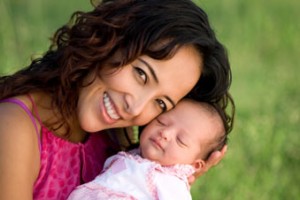I treat both male fertility and female fertility challenges.
I can assist you by working in conjunction with your doctor, your reproductive endocrinologist or with Acupuncture and Traditional Chinese Medicine alone.
Patients come to my office with many problems that can impact fertility including:
- Unexplained infertility
- Advanced maternal age
- Absence of menstruation
- Premature ovarian failure
- Poor ovarian reserve
- Elevated FSH
- Luteal phase defect
- Anovulatory cycles
- PCOS (polycystic ovary syndrome)
- Endometriosis
- Fibroids
- Reduced sperm count & motility
- Malformed sperm
- And many others
According to the Mayo Clinic:
- In about 20 percent of cases, infertility is due to a cause involving only the male partner.
- In about 30 to 40 percent of cases, infertility is due to causes involving both the male and female.
- In the remaining 40 to 50 percent of cases, infertility is due entirely to a cause involving the female.
Questions and Answers
Q: What is your success rate in helping patients become pregnant?
A: I have an overall success rate of 70% in helping couples achieve pregnancy.
Q:I’m in my forties. What are the chances that acupuncture can help me get pregnant?
A:Your chances of becoming pregnant depend on many factors including your overall health, lifestyle, diet and others. These are all things we address during treatment. Including all of these factors in treatment greatly enhances your chances of attaining pregnancy. I have helped many women 40 years and older to become pregnant. In fact probably 80% of my fertility patients are in their 40’s.
Q: What is involved in fertility acupuncture?
A: We always look to the root of a person’s problem, analyze their constitution and formulate a treatment plan according their particular set of variables. The treatments then are geared toward the phases of the menstrual cycle.
Q: Can acupuncture be used with western protocols also?
A: Yes, acupuncture can be safely used while a person is taking fertility medications and undergoing ART procedures.
Q: What is a BBT chart?
A: A Basal Body Temperature chart is used to track a person’s temperature first thing in the morning before getting out of bed, drinking water or any other activity. This record gives useful information about the patient’s menstrual cycle, ovulation and phases of the cycle. It can be helpful in determining treatment.
Q: How often do I need to come for treatment?
A: Weekly visits are ideal.
Bethany Muhl, L.Ac
13323 W. Washington Blvd, Suite 202
Los Angeles, CA 90066
(310)367-1564
